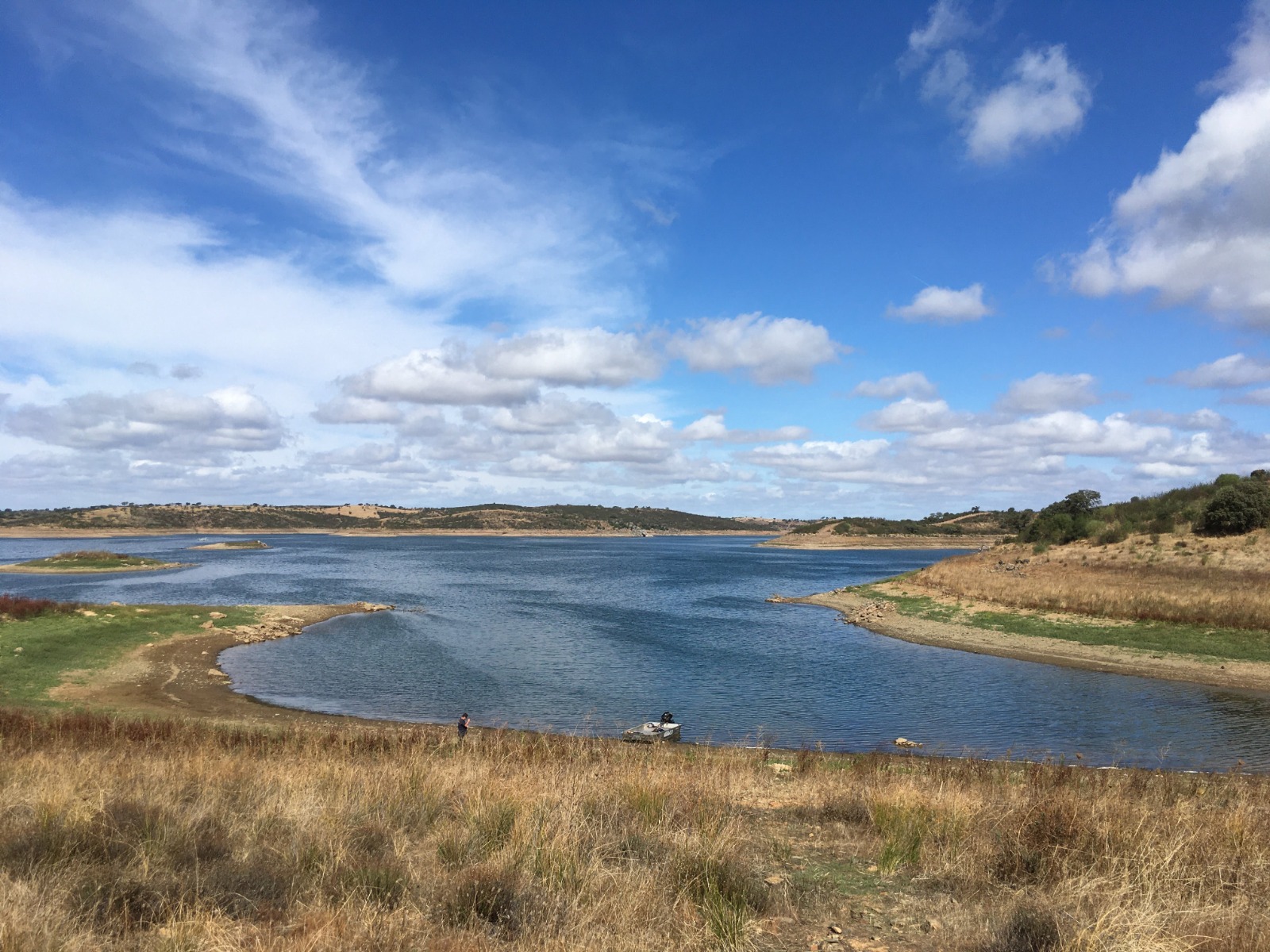13-07-2023
Plastic pollution: some lakes are worse impacted than oceans
In some cases, concentrations of plastics and microplastics in freshwater environments are higher than those found in ocean areas. This has been revealed by an international study led by Milan-Bicocca, published in Nature with the participation of Dr Zeynep Ersoy, from the FEHM-Lab (Freshwater Ecology, Hydrology and Management), Universitat de Barcelona and the Institute of Research in Biodiversity.
Barcelona, 12 July 2023 – Plastic waste fragments, fibres from clothes washing and packaging residues. Plastics and microplastics have invaded lakes and reservoirs on a global scale. Pollution caused by this debris affects even the most remote places, where human impact is minimal. Moreover, for the first time it appears that in some cases concentrations of plastic found in freshwater environments are higher than those found in plastic islands in the ocean, so-called ‘Garbage patches’.
Barcelona, 12 July 2023 – Plastic waste fragments, fibres from clothes washing and packaging residues. Plastics and microplastics have invaded lakes and reservoirs on a global scale. Pollution caused by this debris affects even the most remote places, where human impact is minimal. Moreover, for the first time it appears that in some cases concentrations of plastic found in freshwater environments are higher than those found in plastic islands in the ocean, so-called ‘Garbage patches’.
Light has been shed on the factors that cause this contamination by the study led by young researcher Veronica Nava, a research fellow at the University of Milan-Bicocca’s Department of Earth and Environmental Sciences, under the supervision of Professor Barbara Leoni, coordinator of the Inland Water Ecology and Management research group, which deals with lakes and rivers in the same department. The research was published in the scientific journal Nature under the title ‘Plastic debris in lakes and reservoirs’ (DOI:10.1038/s41586-023-06168-4).
The project involved 79 researchers belonging to the international Global Lake Ecological Observatory Network (GLEON), which is active in scientific research on a global scale on processes and phenomena occurring in freshwater environments. Among them is Dr Zeynep Ersoy, she is a Postdoctoral Researcher from the FEHM-Lab (Freshwater Ecology, Hydrology and Management), Universitat de Barcelona and the Institute of Research in Biodiversity. Zeynep is an early-career aquatic ecologist with extensive international experience. Her research centers on understanding the response of aquatic food webs to global climate crisis and other environmental perturbations such as eutrophication, salinization and drought, using approaches ranging from mesocosm experiments to biodiversity monitoring to investigate trophic interactions, energy transfer, ecosystem functioning and health. Thanks to her work with this group of scientists, it was possible to take surface water samples, using plankton nets, from 38 lakes located in 23 different countries, spread across 6 continents, representing different environmental conditions.
Collected samples then arrived at the University of Milan-Bicocca, where they were analysed in the laboratory led by Professor Maria Luce Frezzotti, which could confirm, with extreme accuracy, the polymeric composition of microplastics, highlighting the presence especially of polyester, polypropylene and polyethylene.
Among the lakes where the highest contamination by plastic debris has been identified are some of the main sources of drinking water for local populations, such as Lakes Maggiore (IT), Lugano (CH-IT), Tahoe (US) and Neagh (UK), which are also central to their respective recreational economies.
In addition to negatively impacting drinking water use, plastic pollution has harmful effects on aquatic organisms and the functioning of the ecosystem. “Plastic that accumulates on the surface of aquatic systems,” explains Veronica Nava, “can promote the release of methane and other greenhouse gases. Plastics can reach beyond the hydrosphere and interact with the atmosphere, biosphere and lithosphere, potentially affecting biogeochemical cycles, i.e., the circulation between the various compartments of the earth of chemical elements that pass from living matter to inorganic matter through chemical transformations and reactions, through mechanisms that have yet to be understood and require a holistic assessment of plastic pollution in lentic systems.”
Given the relatively high concentration of microplastics in lakes and large reservoirs, these environments can be considered ‘pollution sentinels’, since they act as collectors and integrators of various sources of plastics from reservoirs and the atmosphere. “Additionally, these environments can retain, modify, and transport plastic debris across watersheds to the oceans. These results,” Barbara Leoni concludes, “demonstrate the global scale of plastic pollution: no lake, not even those furthest from anthropogenic activity, can be considered truly pristine: this should prompt us to review pollution reduction strategies and waste management processes.”
Source: University of Milan-Bicocca Press Office
Maria Antonietta Izzinosa 02 6448 6076 – 338 694 0206
Veronica D’Uva 02 6448 6373 – 335 1685364
ufficio.stampa@unimib.it
Maria Antonietta Izzinosa 02 6448 6076 – 338 694 0206
Veronica D’Uva 02 6448 6373 – 335 1685364
ufficio.stampa@unimib.it
